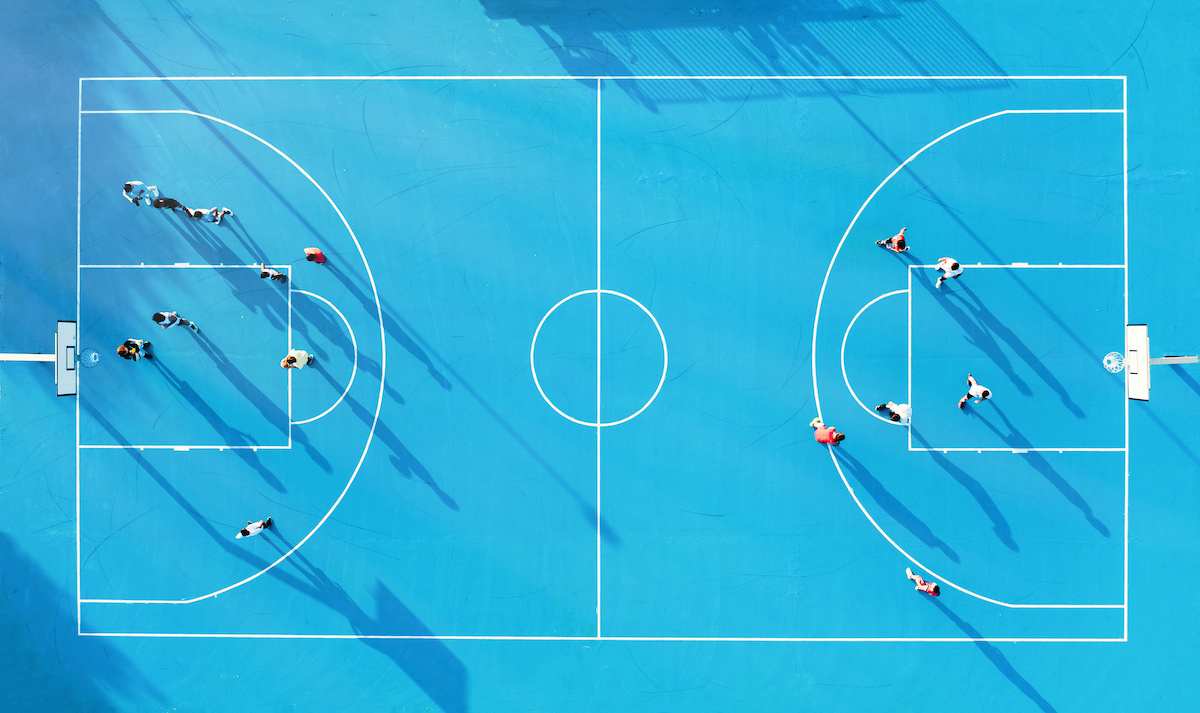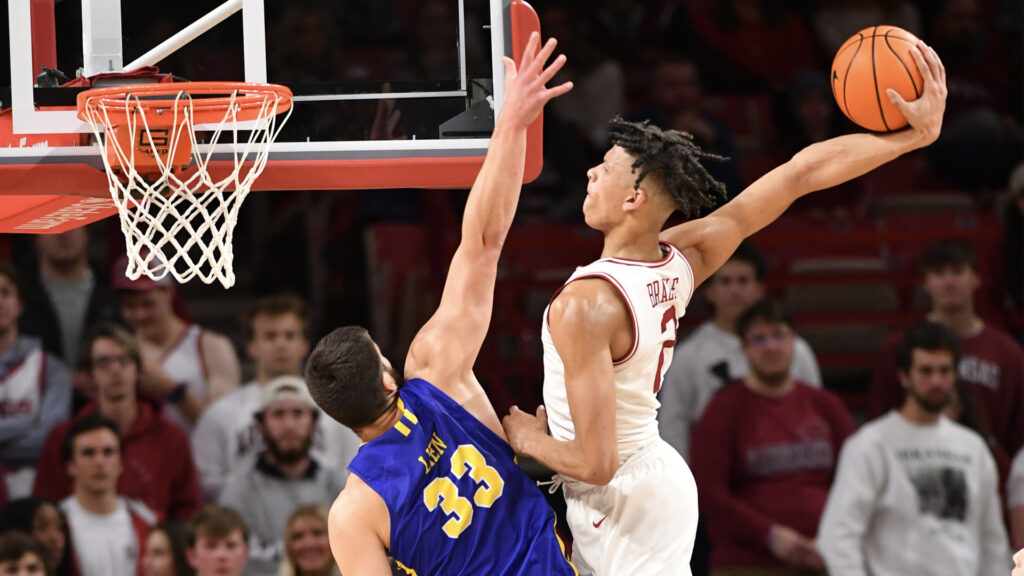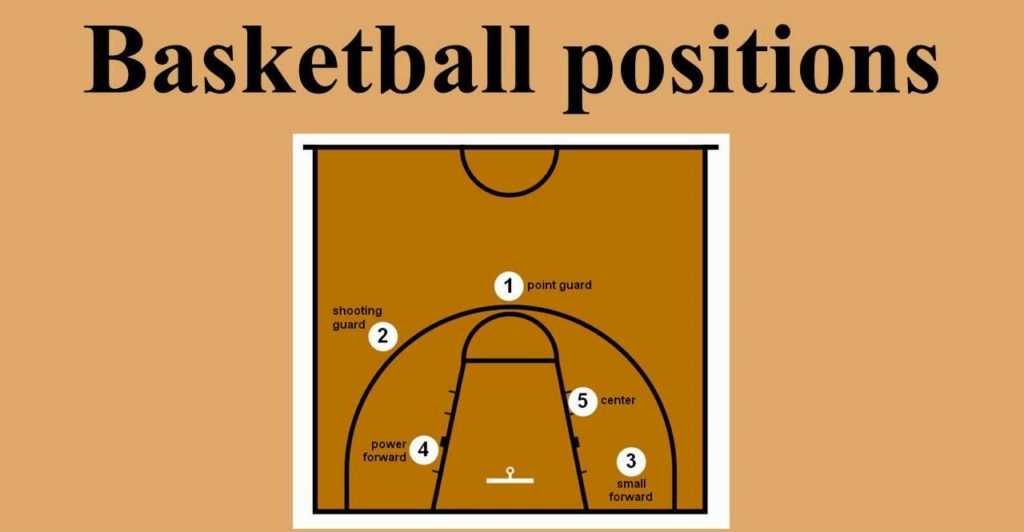Basketball Positions And Roles. In a typical basketball game, each team has five players on the court, so each player has specific roles and responsibilities.
Traditionally, players in these positions would stick to their roles as well as focus on their tasks, and yet basketball has advanced significantly since then, and every player is now required to play 2 or more positions at the same time.
This is because of the nature of the sport, which requires players to move around it and play flexibly in any given situation.
Basketball Positions And Roles

Here are the basic Basketball Positions And Roles.
Basketball has traditionally had five distinct positions on the court.
Two guards, 2 forwards, as well as a center, are on the roster.
- Point guard
- Shooting guard
- Small forward
- Power forward
- Center
Every one of these basketball positions has its own set of responsibilities and roles.
Many years ago, the players in these positions would stick purely to their roles as well as avoid doing anything outside of their roles…
The center and power forward will dominate 90% of the bouncing but would dribble the ball only rarely. The guards would dribble the ball up and down the court, but they would almost never enter the key area.
Despite the fact that basketball has advanced significantly in recent years, the players who fill such basketball positions always have specific responsibilities.
Let us dissect each position…
Centre
The center, who is usually the tallest as well as the strongest player on the team, is positioned beneath the basket. He must also be physically dominant, with greater physical athleticism and strength.
On offense, most centers do not consistently score from the midrange or outside the arch. Instead, the majority of their points should come from offensive rebounds, and they must also block defenders to allow other players to drive to the basket.
On defense, the center is in charge of preventing the opponent from shooting by playing defense and passes in the critical area. They are also expected to compete for rebounds because they are physically taller.
Power Forward

Power forwards are generally the second tallest player on the team, and they are the closest to the center in terms of physical attributes as well as playing style, but they are faster.
They are frequently the most versatile player, capable of scoring in the paint as well as shooting from midrange. It’ll be more effective if they can consistently hit three-pointers.
Defensively, they must be strong enough to guard bigger players near to the basket.
Basketball Drills for Centers and Power Forwards:
- Drill for crab dribbling
- The traditional finishing drill
- Fade-away drill after post-feed
Small Forward
Basketball Positions And Roles: The Small Forward is generally the shorter of the 2 forwards on the team, but he or she has the most versatility of the five positions.
He must be tall enough to play on the inside and agile enough to play on the outside, comparable to a shooting guard. Small forwards are typically the team’s second or third-best shooters and should be capable of doing a little bit of everything on the court.
Developing the abilities of a Small Forward:
- Ball Control
- Shooting
- Passing
- Creating Room
- Defense in the post-up game
- Pick-and-Roll defense
- Dribble movements
- Finishing
- Configuring screens
Shooting Guard
Basketball Positions And Roles: The Shooting Guard is the team’s best outside shooter despite being the team’s shortest player. In addition to being able to shoot well, the Shooting Guard must also be capable of dribbling quickly, passing, and having court vision by seeing the court.
He is also in charge of driving the ball across the court and executing offensive plays.
A good Shooting Guard can score from any point on the court, making him a threat to his opponent.
7 successful shooting guard habits:
- Understand your strengths and weaknesses.
- Learn to do the opposite.
- Theory of fast food
- Understand the mid-range
- Discover how to read space.
- Learn how to shoot without dribbling.
- Make your shot simpler.
Point Guard
Basketball Positions And Roles: The Point Guard is normally the team’s shortest but best ball handler. A point guard, also recognized as the ‘coach on the floor or the ‘floor general,’ is in charge of directing plays.
He must have excellent court vision in order to make open shots for the receivers, as well as start driving the ball down the court as well as initiate offensive plays.
Although long-distance shooting is not as important for point guards as it is for shooting guards, some point guards consider taking as many shots as shooting guards.
Sixth man
The sixth man is the first player to enter the game after coming off the bench.
This player can change from game to game, but most teams have a sixth man who comes off the bench first.
In terms of skill level, the sixth man is frequently as good as the five starting players. Possibly more skillful than several of them (starting with your five best players on the court is never a good idea).
They are typically a versatile player who can play a variety of basketball positions. The possible replacement off the court is usually determined by matchups as well as which player has a poor start to the game. A sixth man’s main requirement is to bring power to the game every time they step on the court.
The Bench
The remainder of the players who start the game on the sideline (generally 2 – 4 more players) are referred to as ‘the bench.’
The amount of time the bench players spend on the court varies greatly depending on the competition level the team is facing.
In youth basketball, I always advise coaches to give all players equal court time until the final few mins of a close game.
Players on the bench in high school or older often have much less of a role on the team in terms of playing time. Some will get 10 to 15 minutes, while others will not get a single minute.
Regardless of how many mins they play, the bench must always be positive and encouraging to the players on the court.
Conclusion
Things are slightly different in today’s game than described above… We have now entered the era of “positionless basketball.”
That is, regardless of their basketball position, all players are now expected to do a little bit of everything. There are now 7-foot-tall point guards who can compete for rebounds with the best big men in the league. There are also centers that can quickly lead the fast break.
If you desire your players to participate in the world’s most elite competitions, you must train them to play (and guard) any role on the court.

